RETRO – The Soviet war machine will never be destroyed… Despite their total defeat, despite the Americans’ blast to Stalin’s head, the Red Devils are vowing revenge to bring unsuspecting Western European society under their control once again.
And what didn’t work the first time will work the second time with a secret weapon. Whether it’s peaceful citizens or the top echelons of the military leadership, the Soviets hope that no one will be able to resist the terrible gadget, which uses its electrical waves to influence the human mind, turning everyone into obedient slaves. Before historians shake their heads, this is not, of course, a strategy game based on actual historical events, but Westwood’s best-selling title Red Alert 2, published more than 20 years ago.
The eternal enemy
The nightmare of the Soviet Union’s power has been the mantra of Western mass cinema many times – even after the fall of the communist regime. In some of the James Bond films, a favourite scenario was that a crazed Russian commander, bent on world domination, would again try to invade the free Western world with his troops in ‘sickle hammer’ colours. Westwood’s 1996 Command&Conquer: Red Alert had a more bite-sized storyline: Einstein, concerned for world peace, travels back in time with one of his inventions to take out a young Hitler, and the horrors of World War II are fortunately averted.
But the science genius did not count on the other side of the scale. The Soviet Union of the other dictator, Stalin, is thus so strengthened that it is trying to realise its eternal dream: invade, occupy and then subjugate the whole world to a communist regime.
„Russkies, go home!”
Fortunately, the Westwood guys have added a lot of humour to what at first seems a rather dull story. The best evidence of this was in the transfer videos: although none of the actors was in any danger of winning an Oscar, their slightly raucous performances, which were in keeping with the game’s ambience, and they were better than most interactive cinema at the time. Then there were the usual spectacular war film interludes showing battle scenes: Westwood was always at the forefront of this.
Of course, it was no different in the sequel: the films in Red Alert 2 were the usual professional Westwood quality – and the acting was a notch better. For example, Ray Wise, also known from Twin Peaks (he was Leyland Palmer, Laura Palmer’s crazy father), was perfect as the stupid US President (I had a good laugh at the little opening scene reminiscent of the Monica Lewinsky affair).
Udo Kier, also known from Gábor Bódy’s Narcissus and Psyche, or My Own Private Idaho, was brilliant as the “terrible Yuri” – although at first you almost don’t recognise him, bald, tattooed, with that strange device on his head.
Sadly, less of the aforementioned rendered war cutscenes were included in Red Alert 2 – a step back from the first episode – but what was included wasn’t exactly mind-blowing.
Just another brick in the Westwood wall?
The gameplay of Red Alert 2 has in almost no way revolutionised the first part of the well-trodden path of the Command & Conquer and their clones. The point was the same – as it was a thousand times before – to build factories and buildings as fast as possible, use them to construct the most brutal combat vehicles, tap, tap, defend, and then use the army you’ve assembled to overwhelm the enemy!
This conservative approach was positive in the sense that at least you knew what you were getting for your money. I felt it was unnecessary to touch the roots in this genre, but one or two reforms could have infected the C&C world, which was like the socialist world, incapable of change.
For example, the defensive build-up even then felt rather primitive compared to, for example, Age of Empires, where you could unload wall items much more quickly and continuously by pressing the Shift key.
The other shortcoming was the lack of fog of war in Red Alert 2, which meant you couldn’t see the enemy if they weren’t in sight – how much more realistic was Age of Kings in this respect, for example?
But the graphics haven’t changed a bit either: the makers have been almost painstakingly careful not to disturb the familiar, effects-free, slightly flat 3D isometric solution. The game used the same engine as the ’99 Tiberian Sun, and I’d even venture to say that the effects were a tad bleaker than that. For example, the spectacular visuals that resembled a Tiberian storm were missing.
“Socialist” style, without 3D
Still, I had no problem with the design back then: the units were finely drawn by the graphic artists and are clearly visible, the buildings are also very visible, and there are plenty of landmarks on the tracks. I particularly liked that you can also see famous monuments or political installations on some levels. Most of them are not up to the wonders of Age of Kings, but there are exceptions: the Eiffel Tower, for example, is quite remarkable. Otherwise, it’s a credit to the fact that – for the first time – you can go to real locations: it’s a fantastic experience to defend the Statue of Liberty from Soviet tanks on the American side or to fight in front of the Kremlin walls at the end of the game. In contrast, on the other side, you can blow the Pentagon to atoms in your first mission.
Red Alert 2 has also made some minimal changes to the interface compared to the previous game: the main buildings, defences, bucks and vehicles are divided into four different rows, so you don’t have to scroll your mouse all the time.
The new units have also improved the overall picture a lot. Perhaps the most impressive were the Terror Drones: tiny robotic spiders moving at high speeds that made life miserable for the enemy in various ways. When it came to soldiers, they could simply mow down one after the other at lightning speed (!) – if you were clever or lucky, you could even kill professional commandos or spies. If they encountered mechanised units, they would attach to their underlings and infect them (the vehicles’ “vitality” would gradually decrease).
And when I was fighting the spiders, the most annoying thing was that there was not much you could do against them with simple tanks: if the spiders got loose, I had to shoot my own tanks to prevent the next one from doing the same.
“Reforms, comrades, reforms are needed…”
But my real problem back then was with the entrenched C&C gameplay: in Dune 2, also Westwood-developed and considered a pioneer of the genre, there was at least the illusion of a slightly more complex strategy (as you could choose where to attack before the maps), but since Command & Conquer, there was no more. Westwood unfortunately catered to the mass market, and the overly sophisticated gameplay would have been too complicated for beginners. But even in the classic Commodore 64 era, there were plenty of more complex, popular strategies: just look back to Defender of the Crown in 1986.
So Red Alert 2, despite its much higher resolution, was not a real “revolution”, but it was an excellent addition to both the real Command&Conquer/Red Alert series and real-time strategy games. Anyone who would pick it up for a bit of nostalgia in the current, rather ominous climate will not be disappointed.
-BadSector-(based on a 2001 article)
Pro:
+ The old Red Alert atmosphere is still captivating here
+ Professional transfer cinemas
+ Carefully crafted gameplay
Against:
– Not many new ideas
– A graphics engine that was already obsolete
– Transition videos showing the fighting were missing
Publisher: Electronic Arts
Developer: Westwood Studios
Style: real-time strategy (RTS)
Release date: October 23, 2000
Command&Conquer: Red Alert 2
Gameplay - 8.2
Graphics - 7.6
Story - 8.2
Music/Audio - 7.6
Ambience - 8.4
8
EXCELLENT
So Red Alert 2, despite its much higher resolution, was not a real “revolution”, but it was an excellent addition to both the real Command&Conquer/Red Alert series and real-time strategy games. Anyone who would pick it up for a bit of nostalgia in the current, rather ominous climate will not be disappointed.

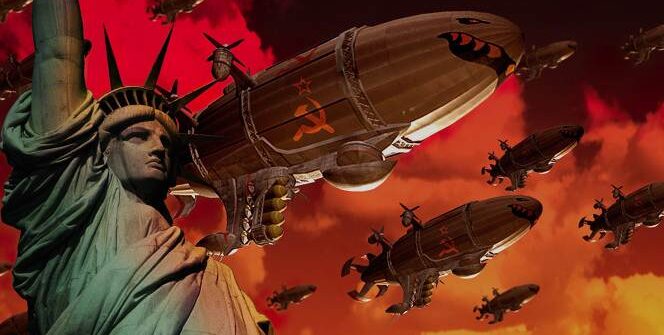
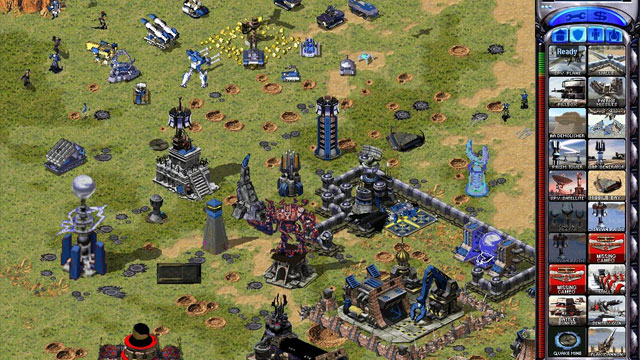
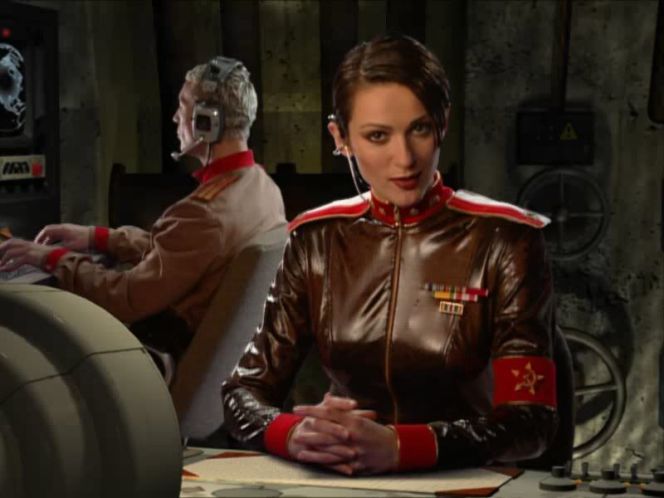
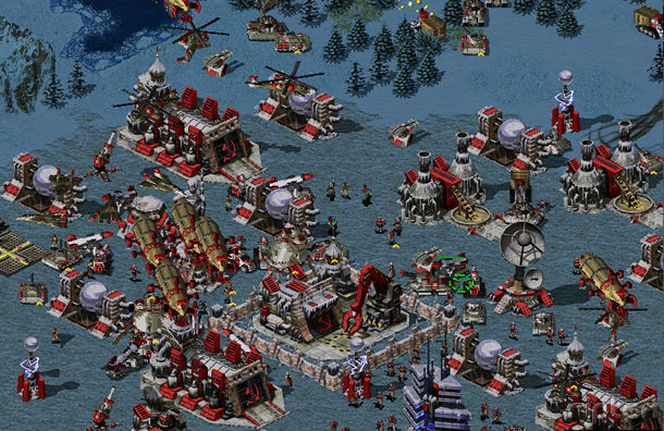
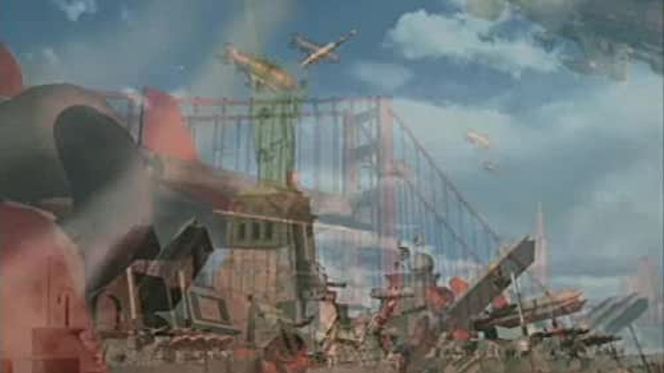
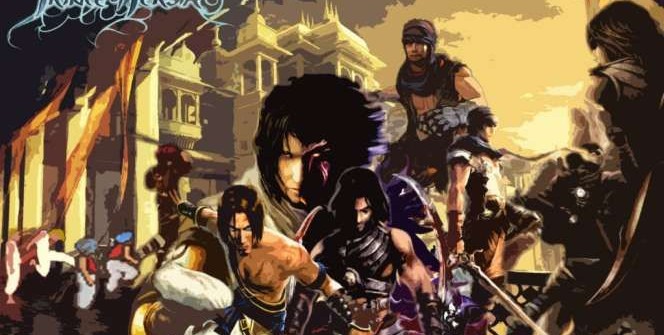
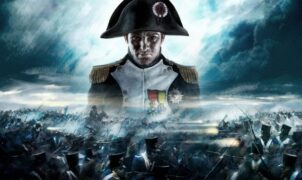
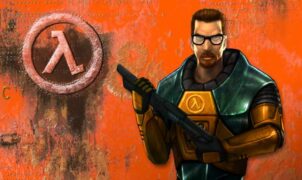

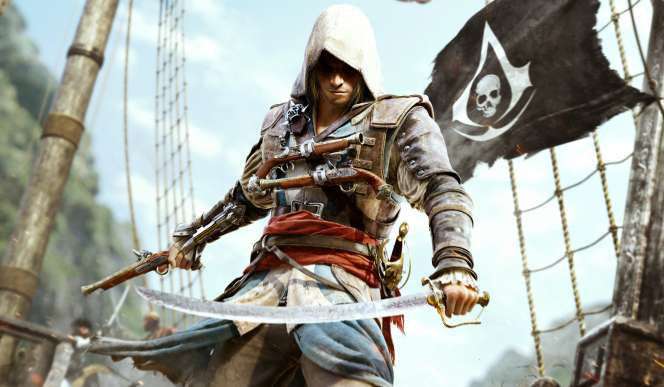


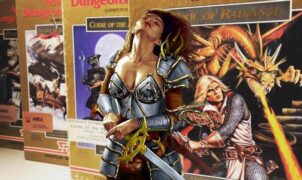
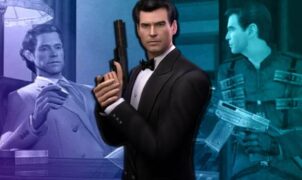

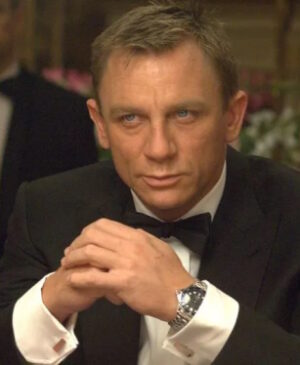


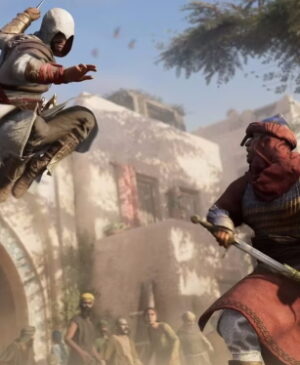
Leave a Reply